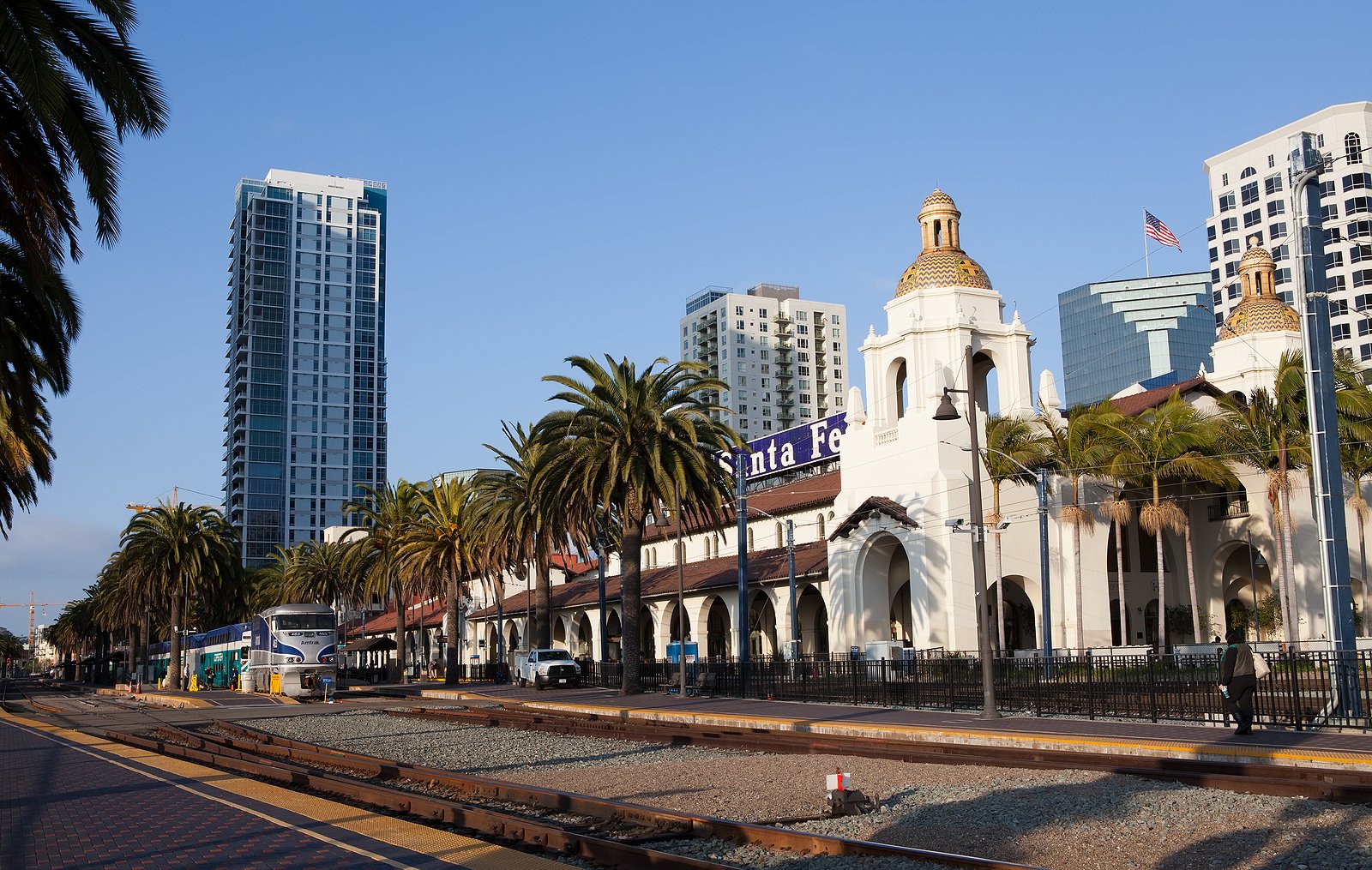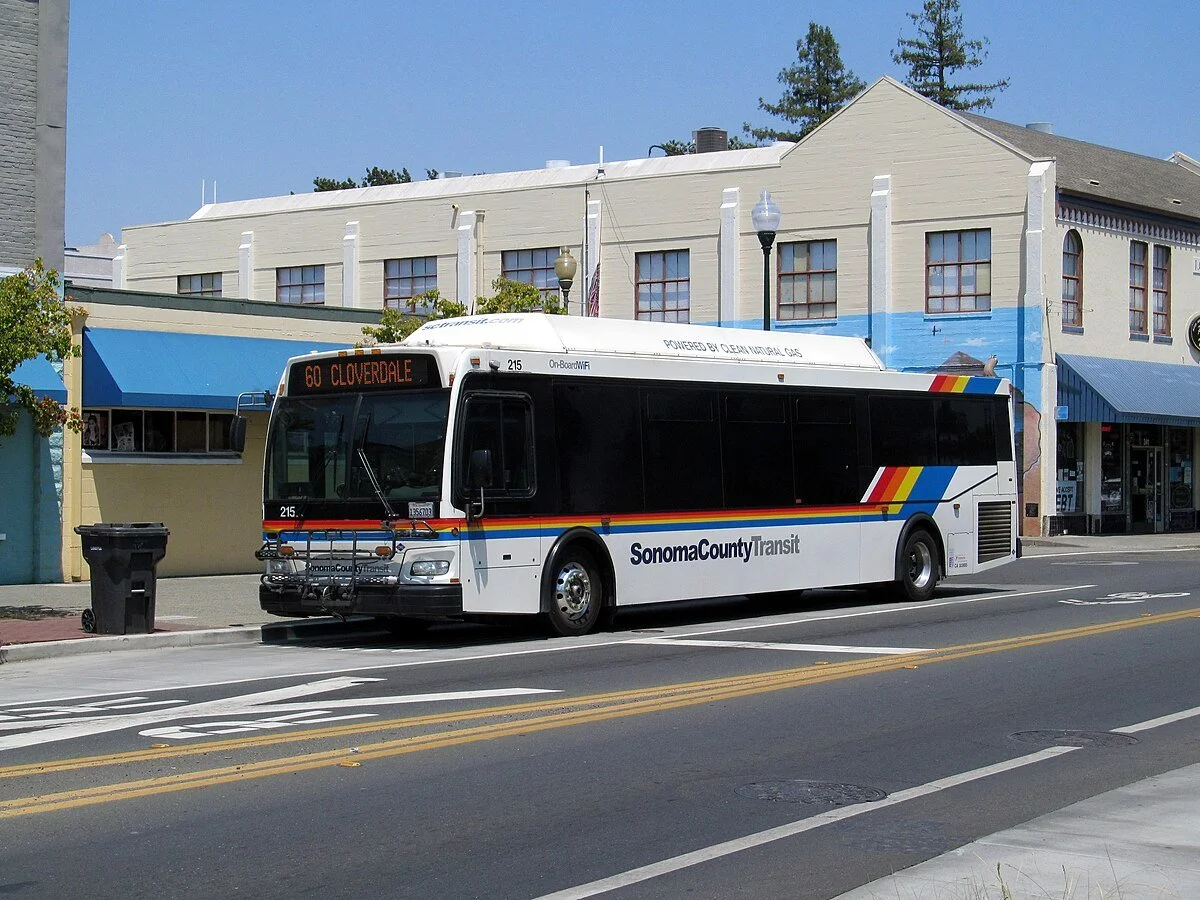
Transportation Planning
VRPA Technologies offers services related to the evaluation, assessment, design, and siting of transportation facilities including streets, highways, bike and pedestrian facilities, and public transit.
Services Offered:
Senate Bill 743 Analysis
Long-Range Transportation Plans
Corridor Studies
Mobility Elements
Parking Studies
Transit Planning and Design
Transportation and Land Use Integration Plans
Active Transportation Plans
Projects
-
VRPA is leading the development of the Merced Regional Multimodal Access Plan (MRMAP). Drawing from significant public involvement efforts, the MRMAP will serve as a roadmap to connect communities on the east and west sides of the future High Speed Rail Intermodal Rail Station. Reflecting the priorities of local residents in Merced County, the Plan will bring a special focus to economic growth, equity, air quality, and access, identifying investments that improve transit services and facilities, including potential new microtransit zones, and provide infrastructure for safer biking and walking to increase opportunities for non-car-dependent travel to access future rail stations in downtown Merced, Atwater, and Livingston. Proposed multimodal transportation improvements will be incorporated into the next Merced County of Governments (MCAG) Regional Transportation Plan/Sustainable Communities Strategy.
Image source: ACE Rail
-
The project arose from the need to revise the City of Fresno’s FAX fixed-route bus services so they integrate well with the new BRT services (The “Q”) launched in February 2018. Bus routes and frequencies were adjusted to enable all parts of the City of Fresno to benefit from the newer higher speed and more frequent FAX-Q service at the core of the bus system.
VRPA’s responsibilities as prime consultant included:
Facilitating eight (8) workshops in different venues across the City of Fresno
Participating in several pop-up events held in conjunction with community events
Conducting interviews with key stakeholders representing transit riders, including County Social Services, major employers, and educational institutions
Seeking and obtaining public input on Title VI policies, including the threshold changes, disparate impact and disproportionate burden policies to guide the route restructure
Upon completion of the new FAX route structure in early 2018, the VRPA Team worked closely with Fresno Department of Transportation staff to educate and publicize the improved routes and schedules
-
The Short-Range Transit Plan (SRTP) and the Coordinated Public Transit – Human Services Transportation Plan will provide strategic direction for the Tuolumne County Transit Agency (TCTA) operations over the next five years. The project includes extensive community outreach, passenger and stakeholder surveys, and community workshops to inform the development of key components, including performance standards, transit demand analysis, transit alternatives, financial evaluation, and operating plans. VRPA is serving as a subconsultant to Via Mobility for this project.
VRPA’s responsibilities on this project include:
Leading the data collection for the Coordinated Public Transit-Human Services Transportation Plan.
Developing the Public Participation and Community Outreach Plan.
Leading public participation and community outreach activities including stakeholder identification, passenger and stakeholder surveys, stakeholder meetings and community workshops, and preparation of a findings summary memo.
Preparation of the Coordinated Public Transit – Human Services Transportation Plan.
-
The Metropolitan Transportation Commission (MTC) is conducting a Pilot Project to test the functionality, capability, usage and application of a Smartphone App-Based Occupancy Verification Service. The Pilot targeted users of the I-680 Contra Costa express lane corridor, incentivized carpoolers to use the app, and collected and evaluated usage information and data. The goals of the Pilot include assessing the functionality and accuracy of the technology, gauging user acceptance and ease of use, assessing privacy concerns, informing full deployment costs, and assessing future customization opportunities. VRPA is responsible for Pilot outreach/recruitment, Pilot strategies, webpage and outreach materials, and Pilot evaluation including Focus Groups. VRPA’s involvement on this project to date includes the following:
Development of a stakeholder listing for recruitment
Assistance with the creation of Pre-Pilot and Pilot Memorandum
Preparation of a Recruitment Strategy
Review of Pilot framework
Assistance with the creation of a Recruitment Plan
Review of the Evaluation Plan, Matrix, and Use Cases
Preparation of three (3) survey instruments (initial phase, ongoing phase, and final phase) to be tested by the Pre-Pilot/Pilot groups
Assistance with pilot recruitment via eblast and calls to the prepared stakeholder listing
Development of Focus Group materials including a Focus Group Framework Guide and a participant consent form
-
The purpose of the Sonoma County Transit Enhancement and Active Transportation Study (Study) is to conduct a comprehensive analysis to evaluate and enhance transit and active transportation services throughout the County, with a particular focus in the Sonoma County Transit service area boundary, in close collaboration with the Sonoma County Transportation Authority (SCTA), Santa Rosa City Bus, and Petaluma Transit. VRPA is leading the development of this Study with assistance from Via Mobility, LLC.
VRPA’s responsibilities as prime contractor for this project include:
Conducting a comprehensive assessment of current transit services and infrastructure.
Gathering input from key stakeholders, including community members, governmental agencies, and partner organizations.
Conducting surveys and analyzing survey results.
Engaging in collaborative regional transit planning and service enhancements.
Developing recommendations for transit improvements, active transportation enhancements, microtransit zones, mobility hubs, and enhanced connections to regional transit.
Presenting findings and a final report with an actionable implementation plan.





